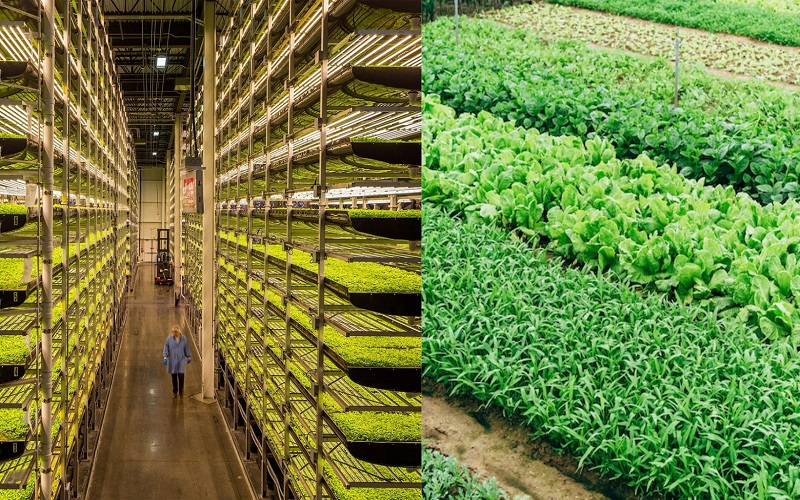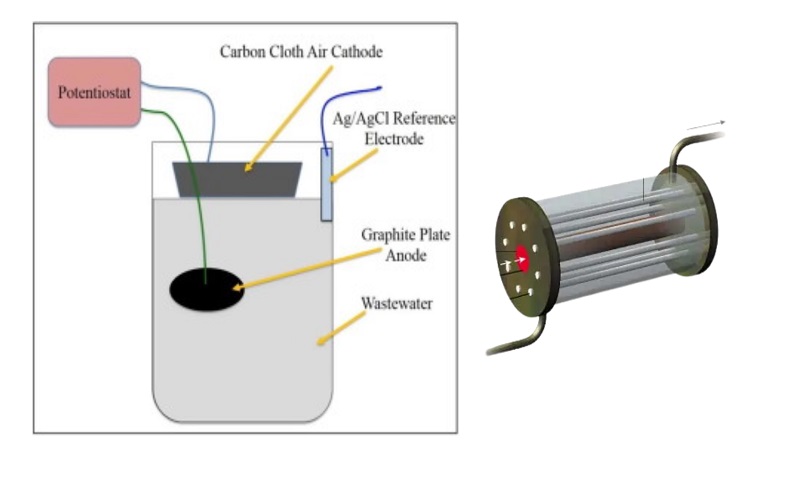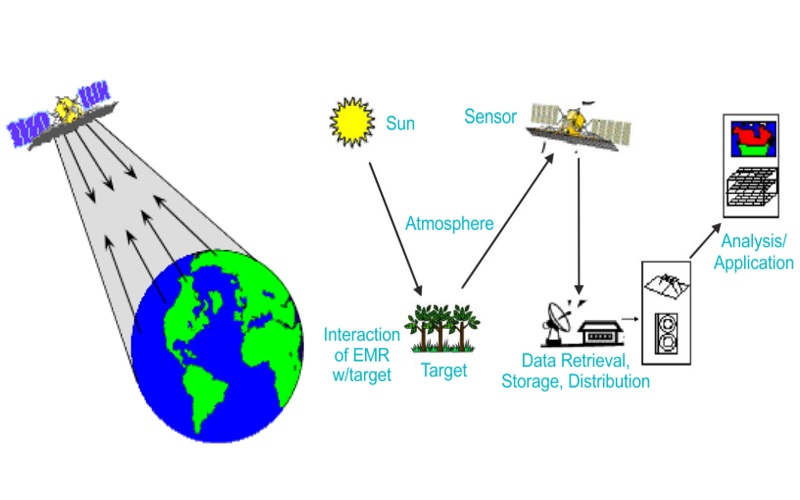The current climate calls for high-tech innovations to promote sustainability and environmental protection. With environmental concerns become more apparent, the need for innovative green technologies is overgrowing . But the concern here is that can technology save the planet? It is one profound question that needs expert attention. Scientists and Engineers are collaborating to identify and develop solutions to protect Mother Nature from adverse climate effects. Modern technological innovations like 5G networks and blockchain technology can help prevent environmental degradation and speed up the green transition. Green technology consists of various product, processes, and technology that offers a sustainable solution for mitigating adverse environmental effects and promoting sustainability. Green technology reduces greenhouse gas emissions, encourages the use of renewable energy, minimizes fossil fuel consumption, and can undo some harm caused by humans to nature. Below are the Top 10 green technology advances that utilize natural resources that promotes sustainable development and a green environment.
1. Vertical Farming And Hydroponics
Vertical farming and Hydroponics are the latest green technology innovations in the agriculture industry that enable high-quality food production in limited space and changing climate. In Vertical farming, seeds are planted in columns to improve space and control climate. You can grow plants in water with hydroponics technique bu using LED light and synthetic nutrients. It is one of the best ways to promote farming in urban cities, providing fresh food to urbanites throughout the year. Aeroforms, one of the largest vertical farming businesses, uses BPA-free recycled plastics to produce grow bags for farming.

2. Electric Vehicles
EV is another remarkable green technology innovation that uses electricity, replacing petrol or diesel to produce zero tailpipe emissions for reducing vehicle carbon emissions. EVs are fuel-efficient, and charging an EV is cheaper than filing petrol or diesel into vehicles. By enabling charging of vehicles from home using solar panels, electronic vehicles help reduce electricity costs. It can potentially convert up to 60% of energy from the grid to drive the car, but petrol or diesel vehicles can only convert 21% of power to the wheels.

3. Waste-water Electricity Generator
A hybrid electricity generator developed by Oregon State University uses microbial fuel cells and reverse electrodialysis to generate electricity using wastewater. This technology can charge the water treatment plant as it completes its cycle. In this process, an electrode is placed inside wastewater where bacteria grows. The bacteria already present in the wastewater convert organic matter into protons and electrons. This process purifies the wastewater and helps generate electricity on a larger scale.

4. Green Construction
Green construction refers to creating an environmental-friendly building right from the design stage to minimize negative impacts on planet Earth. A lot of construction companies use sustainable materials to develop green buildings to mitigate carbon emissions. Green construction focuses on using materials in construction that causes zero harm to nature and ensures proper treatment and disposal of residual waste.

5. Wind Power
Wind power has immense potential as a renewable source of energy. Wind power uses wind to generate energy. Wind turbines helps in generating clean electricity on a large scale. Installing wind turbines in windy areas can go a long way in building a sustainable energy system. Offshore wind farms are built near the sea where the winds are strong enough to generate required electricity, thereby reducing the need for fossil fuels.

6. Plant-based Packaging
Plant-based Packaging is introduced as an alternative to plastic packaging. Avantium, a renowned green tech company, produces 100% recyclable plant-based plastic called polyethylene furoate (PEF) made from bio feedstocks such as sugarcane, wheat, corn, and agriculture waste. It is considered a successful packaging choice in the garment and textiles industry. Biodegradable packets are made from plant species such as mushrooms and cornstarch.

7. Remote Sensing
Remote sensing technology uses drones and satellites to conserve wildlife and monitor the effects of climate change. It scans and controls the impact of environmental and demographic changes on resource management. High-resolution images, synthetic aperture radar, and satellite constellations are some technologies used in remote sensing to find global solutions. It enables vegetation mapping and helps in identifying different forest types.

8. Solar Panel
Today, solar panel is the largest source of electricity generation. Solar panels have a lifespan of over 30 years and are cost effective. It is a renewable energy source that addresses power needs without greenhouse emissions. These panels rely on the sun for energy, reducing the chances of global warming. The use of solar energy reduces dependence on fossil fuels. Solar panels reduce the water wastage as less water is needed for maintenance and cleaning.

9. Biomimicry
Biomimicry is the process of applying natural principles and techniques that are proven as sustainable solutions. It works on the concept that nature already knows what’s essential and not suitable for the planet. It focuses on applying nature’s lessons into practice. With the help of environmental standards, human innovations are justified. It is based on the idea that “ Nature works on the principle of efficiency without creating waste.”For example, Shark skin research has led to the development of swimsuits and a coating for plane fuselages.

10. Digitization
By going paperless and increasing digital adoption, digitization has improved the efficiency of businesses. The decline in paper production has led to fewer trees being used for paper production. Digitization helps reduce the need for fossil fuels by increasing green factor efficiency and promoting globalization. For example, IoT devices allow for efficient resource allocation using AI and machine learning technologies, enabling manufacturers to produce twin copies of equipment and other parts thereby reducing costs and carbon footprint.



















